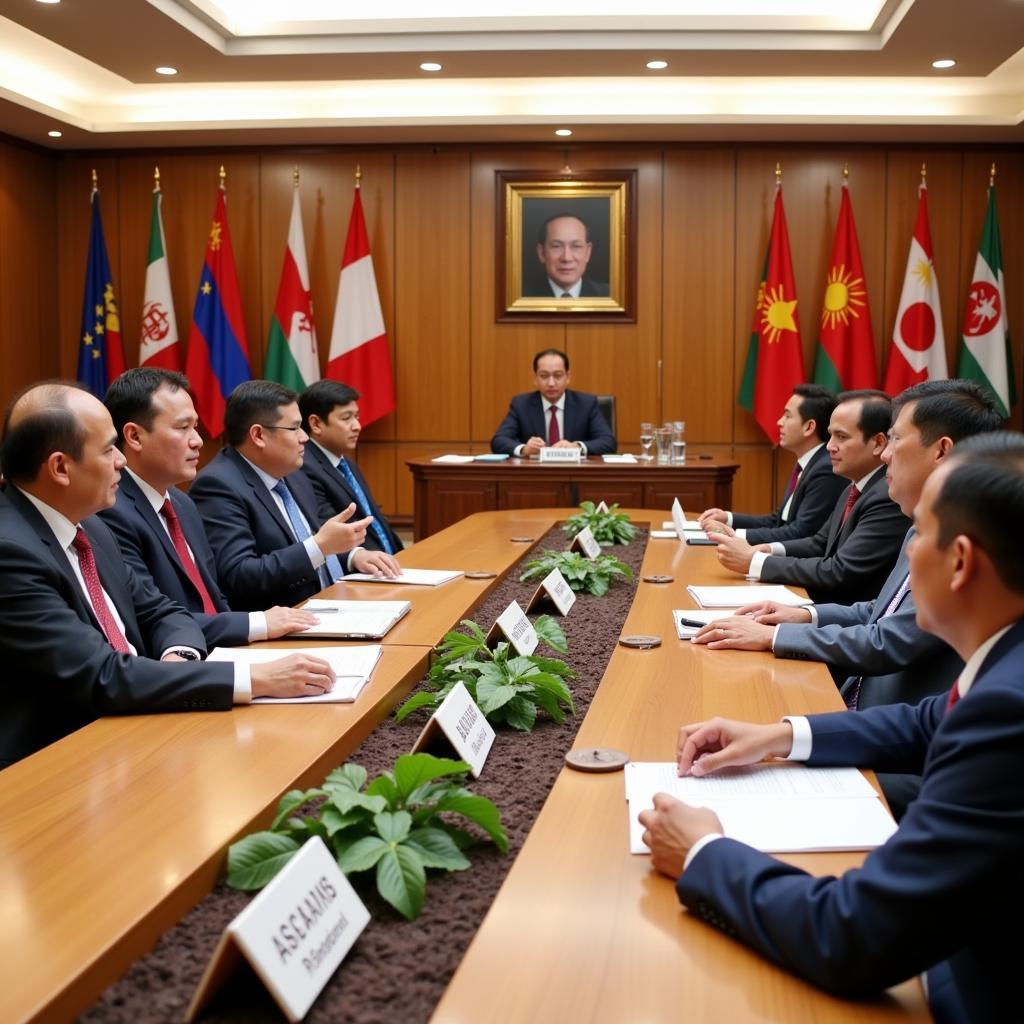The year 2020 brought unprecedented challenges to the world with the COVID-19 pandemic. As a region with diverse cultures and economies, ASEAN faced a critical test. This article revisits the 2020 ASEAN emergency response to the pandemic, examining its strengths, weaknesses, and the lessons learned for future crises.
The Onset of the Pandemic: ASEAN’s Early Actions
In early 2020, as the novel coronavirus began its rapid spread across the globe, ASEAN countries were among the first to feel its impact. With the memory of the SARS outbreak still fresh, the region recognized the gravity of the situation and took swift action.
One of the immediate priorities was establishing regional mechanisms for information sharing and coordination. The ASEAN Secretariat, along with the ASEAN Health Ministers, played a crucial role in facilitating communication and collaboration among member states. Regular consultations and virtual meetings allowed for the exchange of information on the evolving situation, best practices for containment and mitigation, and strategies for addressing the socioeconomic impacts.
 ASEAN Health Ministers Meeting
ASEAN Health Ministers Meeting
ASEAN’s COVID-19 Response: A Multi-Sectoral Approach
ASEAN’s response to the 2020 emergency transcended the health sector. Recognizing the pandemic’s far-reaching implications, the organization adopted a multi-sectoral approach, engaging various stakeholders in a collective effort to mitigate the crisis.
Economic Measures: Cushioning the Blow
The pandemic had a profound impact on the economies of ASEAN countries. Lockdowns and travel restrictions disrupted supply chains, reduced demand, and impacted livelihoods. To mitigate the economic fallout, ASEAN countries implemented a range of measures:
- Fiscal stimulus packages: Governments rolled out stimulus packages to support businesses, protect jobs, and provide social assistance to vulnerable populations.
- Monetary policy easing: Central banks across the region lowered interest rates and implemented quantitative easing measures to inject liquidity into the financial system.
- Trade facilitation: Efforts were made to keep trade flowing by addressing supply chain disruptions and implementing measures to facilitate cross-border trade.
Social Impacts and Safety Nets
The pandemic exacerbated existing social inequalities in the region. Vulnerable groups, including low-income families, migrant workers, and informal sector workers, were disproportionately affected. ASEAN countries recognized the need to strengthen social safety nets and provide support to those most in need.
- Cash transfer programs: Governments expanded existing cash transfer programs and introduced new ones to provide direct financial assistance to households impacted by the pandemic.
- Food security measures: Measures were taken to ensure food security, including support for farmers and efforts to keep food supply chains functioning.
- Protection of migrant workers: ASEAN countries acknowledged the vulnerability of migrant workers and took steps to ensure their protection, access to healthcare, and safe return if needed.
Public Health Measures and the Importance of Collaboration
The COVID-19 pandemic underscored the critical importance of robust public health systems and regional collaboration. ASEAN member states implemented a range of public health measures, including:
- Testing and contact tracing: Widespread testing and contact tracing programs were implemented to identify and isolate cases, helping to slow the spread of the virus.
- Travel restrictions: Border closures and travel restrictions were put in place to limit the importation and spread of the virus.
- Public health campaigns: Public awareness campaigns were launched to educate the public about the virus, prevention measures, and the importance of vaccination.
Challenges and Lessons Learned
While ASEAN’s response to the 2020 emergency demonstrated the region’s capacity for collective action, it also highlighted areas for improvement.
- Coordination and Harmonization: The pandemic exposed the need for greater coordination and harmonization of policies and procedures among member states, particularly in areas such as travel restrictions and health protocols.
- Resource Mobilization: The pandemic strained the resources of many ASEAN countries, highlighting the need for mechanisms to effectively mobilize and allocate resources during regional health emergencies.
- Addressing Disinformation: The spread of misinformation and disinformation posed a significant challenge, highlighting the importance of strengthening public communication and countering false narratives.
Moving Forward: Strengthening ASEAN’s Resilience
The 2020 COVID-19 pandemic served as a stark reminder of the interconnectedness of ASEAN member states and the importance of regional solidarity. It also provided valuable lessons for strengthening the region’s resilience to future crises. Key priorities include:
- Enhancing regional health security mechanisms: ASEAN must continue to strengthen its regional health security architecture, including early warning systems, surveillance mechanisms, and rapid response capabilities.
- Strengthening social protection systems: Building more resilient social protection systems is crucial to protect vulnerable populations from the impacts of future shocks.
- Promoting digital transformation: The pandemic accelerated digital transformation in the region. ASEAN should leverage this momentum to bridge the digital divide and promote inclusive digital development.
The 2020 emergency was a defining moment for ASEAN. It tested the organization’s unity and resilience. While challenges remain, the lessons learned from this experience will be crucial in navigating future crises and building a more resilient and prepared ASEAN Community.
Need assistance? Contact us:
Phone Number: 0369020373
Email: [email protected]
Address: Thon Ngoc Lien, Hiep Hoa, Bac Giang, Vietnam.


